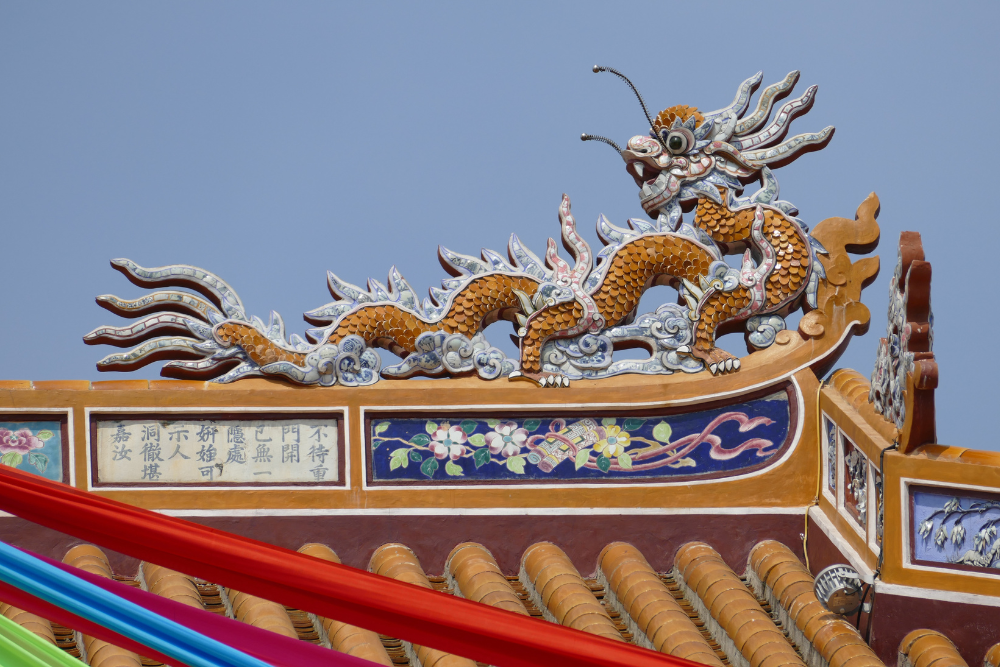Vietnam, with its rich history, vibrant culture, and diverse landscapes, offers much more than its famous food and breathtaking natural beauty. For art enthusiasts, the country’s contemporary and traditional art scenes are an exciting yet often overlooked aspect of travel. From the streets of Hanoi to the artistic heart of Ho Chi Minh City, Vietnam’s art scene is filled with fascinating galleries, museums, and hidden gems waiting to be discovered. As a solo traveler, exploring this creative culture can offer a deeper connection to Vietnam, beyond its tourist hotspots. Here’s a guide to exploring Vietnam’s vibrant art scene from a solo traveler’s perspective.
1. Hanoi: The Heart of Vietnam’s Art Heritage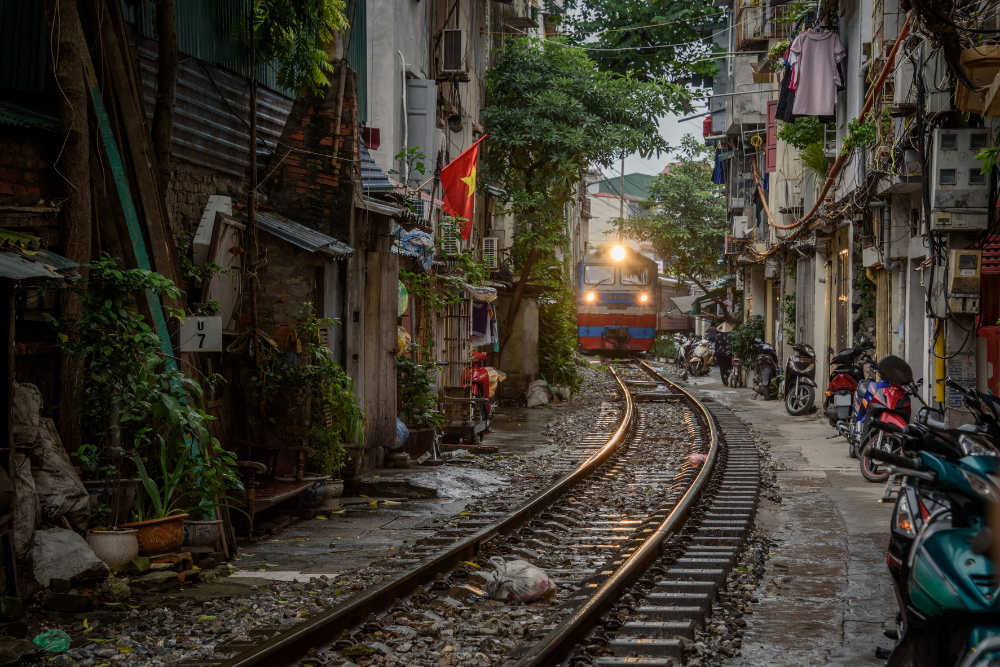
Why it’s worth visiting: Historical charm and contemporary vibrancy
Hanoi, the capital of Vietnam, is a fantastic place to start your art journey. The city seamlessly blends traditional art with modern creative expressions. You’ll find centuries-old architectural gems, ancient temples, and a thriving contemporary art scene. The artistic energy in Hanoi is palpable, and many galleries offer a closer look into the evolving landscape of Vietnamese art.
- What to do:
- Vietnam Fine Arts Museum: A must-visit for anyone interested in understanding Vietnam’s artistic history, the Vietnam Fine Arts Museum in Hanoi offers a comprehensive collection that spans ancient art, historical pieces, and contemporary works. It’s the perfect place to gain insights into the country’s artistic evolution, from ancient sculpture to modern paintings.
- Hang Gai Street: This bustling street in the heart of Hanoi’s Old Quarter is home to several art galleries selling traditional Vietnamese lacquer paintings, silk paintings, and contemporary pieces. Solo travelers can spend hours wandering the galleries, learning about the various mediums and styles, and meeting local artists.
- Tohe Art Center: A social enterprise that promotes contemporary art by young Vietnamese artists, Tohe not only sells art but also hosts workshops and exhibitions. It’s a great spot to interact with local artists and engage with Hanoi’s vibrant art scene.
- Solo-friendly tip: Hanoi’s art scene offers a mix of quiet reflection and interactive experiences. Many galleries offer personal tours or art talks, which are ideal for solo travelers looking to connect with the local culture. Don’t hesitate to strike up a conversation with artists or curators to get a deeper understanding of the artwork.
2. Hue: A City of Ancient Art and Royal Heritage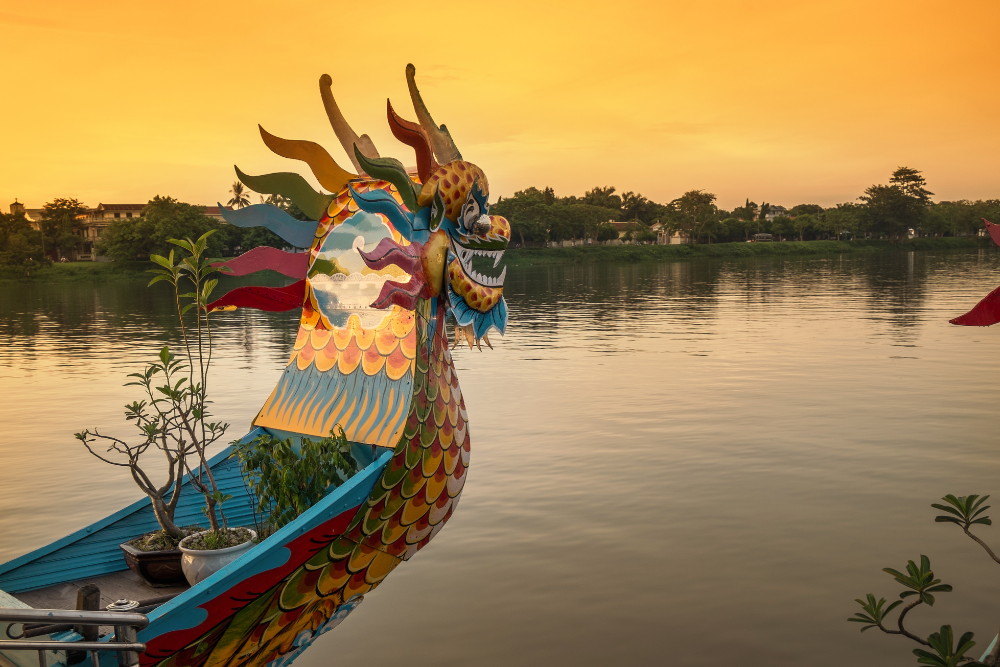
Why it’s worth visiting: Historical beauty and the art of the imperial court
The former imperial capital of Vietnam, Hue, is a city steeped in history and culture, and it’s also an excellent destination for art lovers. The Imperial City is home to traditional Vietnamese painting styles, royal artifacts, and architectural wonders that reflect centuries of artistic development.
- What to do:
- The Imperial City (Citadel): The UNESCO World Heritage site is filled with intricate architectural designs and royal art, including paintings and carvings that reflect the heritage of Vietnam’s Nguyen Dynasty. Spend a day exploring the Citadel’s galleries and royal tombs, where you can see some of the finest examples of Vietnamese craftsmanship and artistry.
- Hue Museum of Royal Fine Arts: Situated within the Imperial City, this museum houses royal paintings, ceramics, and other artwork from the Nguyen Dynasty, offering a glimpse into the splendor of Vietnam’s imperial past.
- Traditional Arts: Hue is known for its Hue folk music and ancient calligraphy. As a solo traveler, you can visit local art schools or attend live performances to experience the region’s unique artistic traditions.
- Solo-friendly tip: Hue’s slower pace makes it an ideal destination for solo travelers looking to immerse themselves in history and culture. Don’t miss the chance to enjoy traditional music performances at Tinh Tam Lake, where you can enjoy the art of the past while reflecting in a tranquil setting.
3. Ho Chi Minh City: The Contemporary Art Capital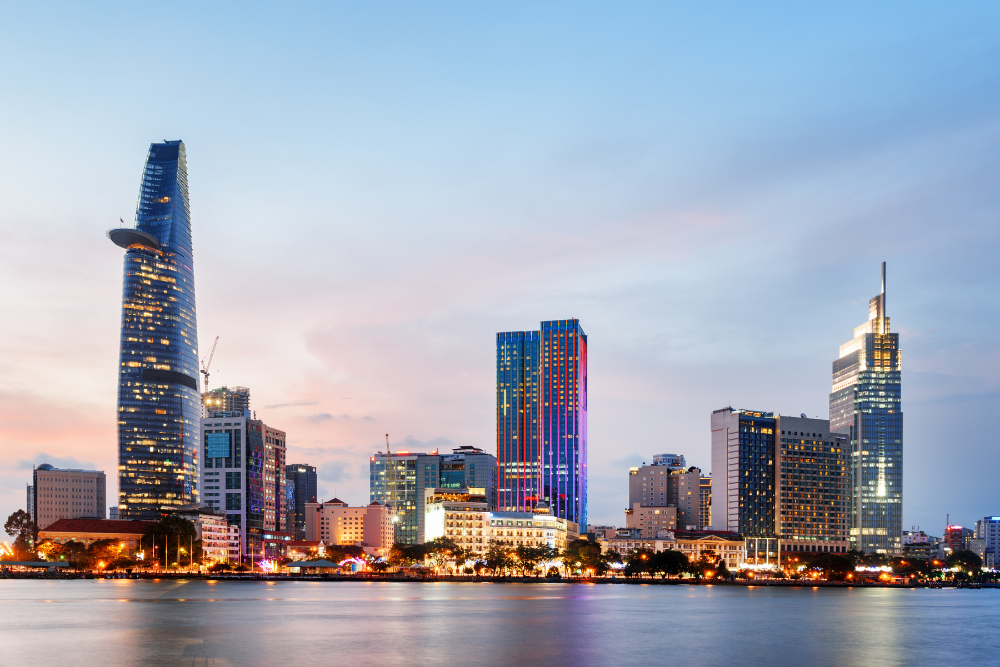
Why it’s worth visiting: A fusion of modern and traditional art scenes
Ho Chi Minh City, the largest and most cosmopolitan city in Vietnam, is a hub for contemporary art, offering a diverse mix of galleries, art exhibitions, and street art. From modern Vietnamese painters to innovative installations, Ho Chi Minh City’s art scene is both progressive and experimental.
- What to do:
- The Factory Contemporary Arts Centre: Located in District 2, The Factory is Vietnam’s first independent art space dedicated to contemporary art. It hosts regular exhibitions, workshops, and screenings, and it’s a fantastic space for solo travelers looking to engage with the local art community.
- Saigon Notre-Dame Basilica and the Fine Arts Museum: Ho Chi Minh City’s Fine Arts Museum, housed in a colonial-era building, is a perfect blend of old and new. The museum houses collections of both traditional and contemporary Vietnamese art, making it an excellent stop for those interested in the evolution of Vietnam’s artistic landscape. Nearby, the Saigon Notre-Dame Basilica also offers a picturesque backdrop to the city’s artistic energy.
- Street Art in District 1: Ho Chi Minh City’s street art scene is growing rapidly, particularly in areas like District 1. The alleyways around Bui Vien Street and the Pham Ngu Lao area are home to vibrant murals and graffiti that reflect the city’s cultural diversity and social themes.
- Solo-friendly tip: Ho Chi Minh City’s vibrant atmosphere makes it easy for solo travelers to jump into art experiences. Whether attending an exhibition or admiring street art, the city’s openness and diversity create plenty of opportunities for you to engage with artists and fellow travelers.
4. Hoi An: A Center for Artisan Craft and Traditional Art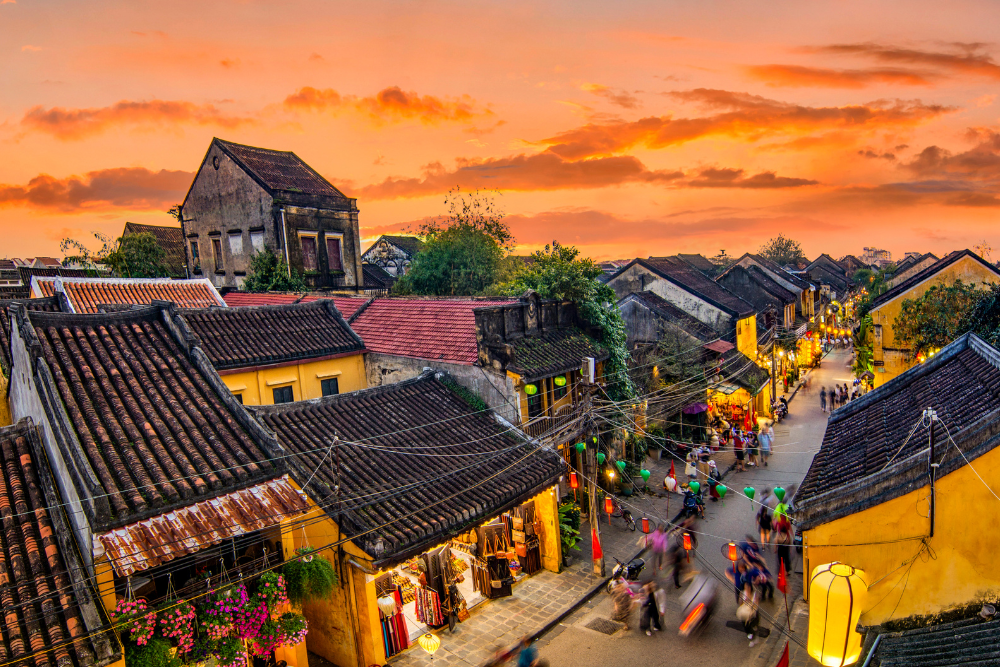
Why it’s worth visiting: A charming mix of tradition and craftsmanship
Hoi An, a UNESCO World Heritage site known for its well-preserved architecture, is a charming town where art and craftsmanship thrive. The town’s artistic heritage is showcased through local crafts, traditional art forms, and hand-made goods. As a solo traveler, Hoi An’s artisan markets and workshops provide an intimate and personal way to experience the culture.
- What to do:
- Hoi An Ancient Town: The town itself is a living canvas, where the blend of Chinese, Japanese, and Vietnamese cultures can be seen in the architecture, lanterns, and colorful storefronts. Hoi An is famous for its silk lanterns, which you can admire and even make during a local workshop.
- Art Galleries: Hoi An is home to several small galleries showcasing works by local artists. The Hoi An Art Gallery and The Gallery of Art and Culture display traditional and modern Vietnamese artwork, including watercolors, paintings, and wood carvings.
- Silk Painting: A unique traditional art form in Hoi An is silk painting. Visitors can take part in workshops to learn how to create their own silk paintings and appreciate this intricate craft.
- Solo-friendly tip: Hoi An is one of the most walkable cities in Vietnam, making it perfect for solo travelers who prefer to explore on foot. You can leisurely stroll through its ancient streets, pop into galleries, and meet artists without the hustle and bustle of larger cities.
5. Sapa: Traditional Hill Tribe Art and Handicrafts
Why it’s worth visiting: Connection with nature, local tribes, and traditional handicrafts
Nestled in the mountains of northern Vietnam, Sapa offers a unique cultural experience where you can explore the traditional art and crafts of the ethnic hill tribes that inhabit the region. The art of Sapa is deeply intertwined with the local way of life, and you’ll find handwoven textiles, traditional costumes, and intricate silver jewelry that have been passed down through generations.
- What to do:
- Sapa’s Market: The town’s market is an excellent place to shop for handwoven textiles, traditional clothing, and silver jewelry. Many local women from the H’mong, Tay, and Dao ethnic groups sell their handcrafted goods, offering a chance to support the local economy while taking home a piece of authentic art.
- Sapa Ethnology Museum: The museum offers a glimpse into the history and culture of the ethnic groups of the region, with displays of traditional clothing, textiles, and tools. It’s a great place to learn more about the artistic heritage of the local tribes.
- Solo-friendly tip: Sapa’s natural beauty and the welcoming nature of its local tribes make it an ideal destination for solo travelers interested in traditional art forms. Be sure to chat with local artisans to learn about the history and significance of their crafts.
Conclusion
Vietnam’s art scene offers a rich, diverse tapestry of tradition, history, and modern innovation. For solo travelers, it’s a chance to experience the country on a deeper level, engaging with local artists, exploring galleries, and understanding the cultural significance of various art forms. Whether you’re wandering through the vibrant street art of Ho Chi Minh City, admiring the royal paintings of Hue, or shopping for handmade textiles in Sapa, Vietnam’s art scene provides countless opportunities for discovery and connection. So, pack your sketchbook, immerse yourself in Vietnam’s creative energy, and let the country’s art inspire your journey.



